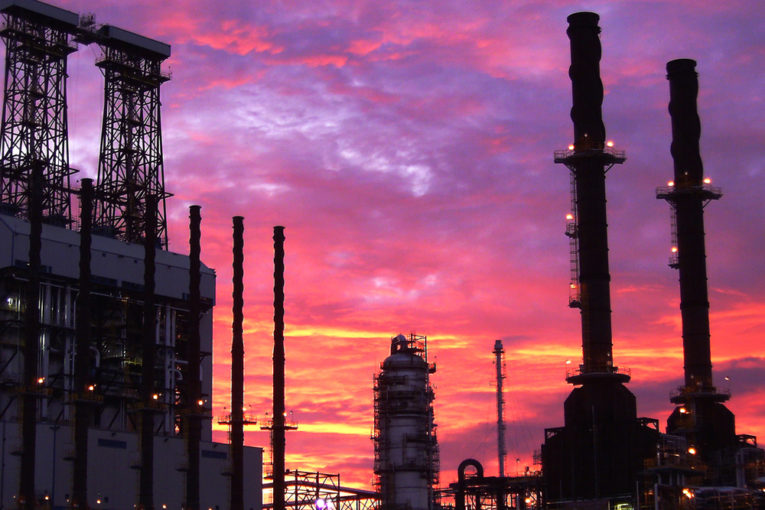
New federal research suggests greenhouse gas emissions from Alberta’s oilsands may be significantly higher than industry reports.
In a study published Tuesday, Environment Canada scientists say four major oilsands mines are releasing an average of about one-third more carbon dioxide per barrel of oil than they report — a crucial number used for everything from determining national emissions levels to calculating carbon tax.
Lead author John Liggio and his colleagues analyzed air monitoring samples captured in a series of flights above the four sites during the course of a month in 2013.
Suncor’s facility was 13 per cent over its estimated emissions.
But the emissions intensity of Canadian Natural Resources Ltd.’s Horizon and Jackpine mines averaged 37 per cent higher than they reported. And Syncrude’s Mildred Lake mine was emitting two-and-a-quarter times more of the climate change-causing gas than it told Ottawa’s pollutant registry.
“We find a pretty significant difference,” said Liggio, whose paper is published in Nature Communications.
Until now, all carbon dioxide emission estimates from the oilsands have been based on a combination of some ground measurement and a great deal of mathematical modelling — so-called bottom-up estimation.
The new study is the first to use actual field measurements taken from aerial overflights, or top-down measurements.
The findings of industry underestimation echo those of a previous Alberta study, which found methane emissions from heavy oil facilities were much higher than thought. They also agree with many other studies that have compared bottom-up to top-down.
“There’s still more work to be done,” Liggio said. “But I will say there are many, many studies using top-down approaches which have also shown that top-down (measurements) are generally higher.”
The measurements in Liggio’s paper include emissions from mining, processing, upgrading and tailings ponds.
Industry has criticized such flyover measurements for only providing a snapshot of emissions instead of long-term data.
Liggio defends his work, saying that measuring emissions against oil production evens out sudden spikes resulting from higher output.
“We’re looking at what they emit relative to what they produce,” he said.
He said his team is currently analyzing data from similar overflights conducted to measure oilsands emissions in two different seasons.
Industry has had a chance to comment on the paper, said Liggio.
“Generally, industry was positive and supportive. They do want to work together to get to the bottom of where the discrepancies are coming from.”
Liggio said the apparent problem at the four sites in the current paper could point to an issue throughout the industry. He adds the apparent underestimates occurred despite the fact the mines studied were using strict United Nation’s measurement protocols.
“The results indicate that overall (oilsands greenhouse gas) emissions may be underestimated and suggest that reporting that follows this Tier 3 approach may universally underestimate CO2 emissions,” the paper says.
Researchers don’t yet understand why top-down measurements tend to be so much higher than bottom-up estimates, Liggio said.
“In a complex facility like the oilsands, there are hundreds of sources, hundreds of stacks. It’s quite complicated.”
— By Bob Weber in Edmonton
You can read more of the news on source
